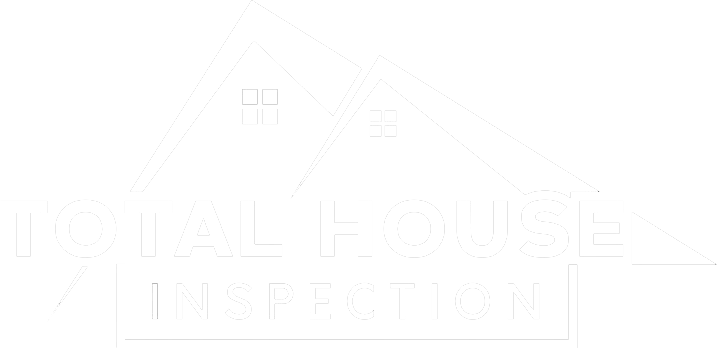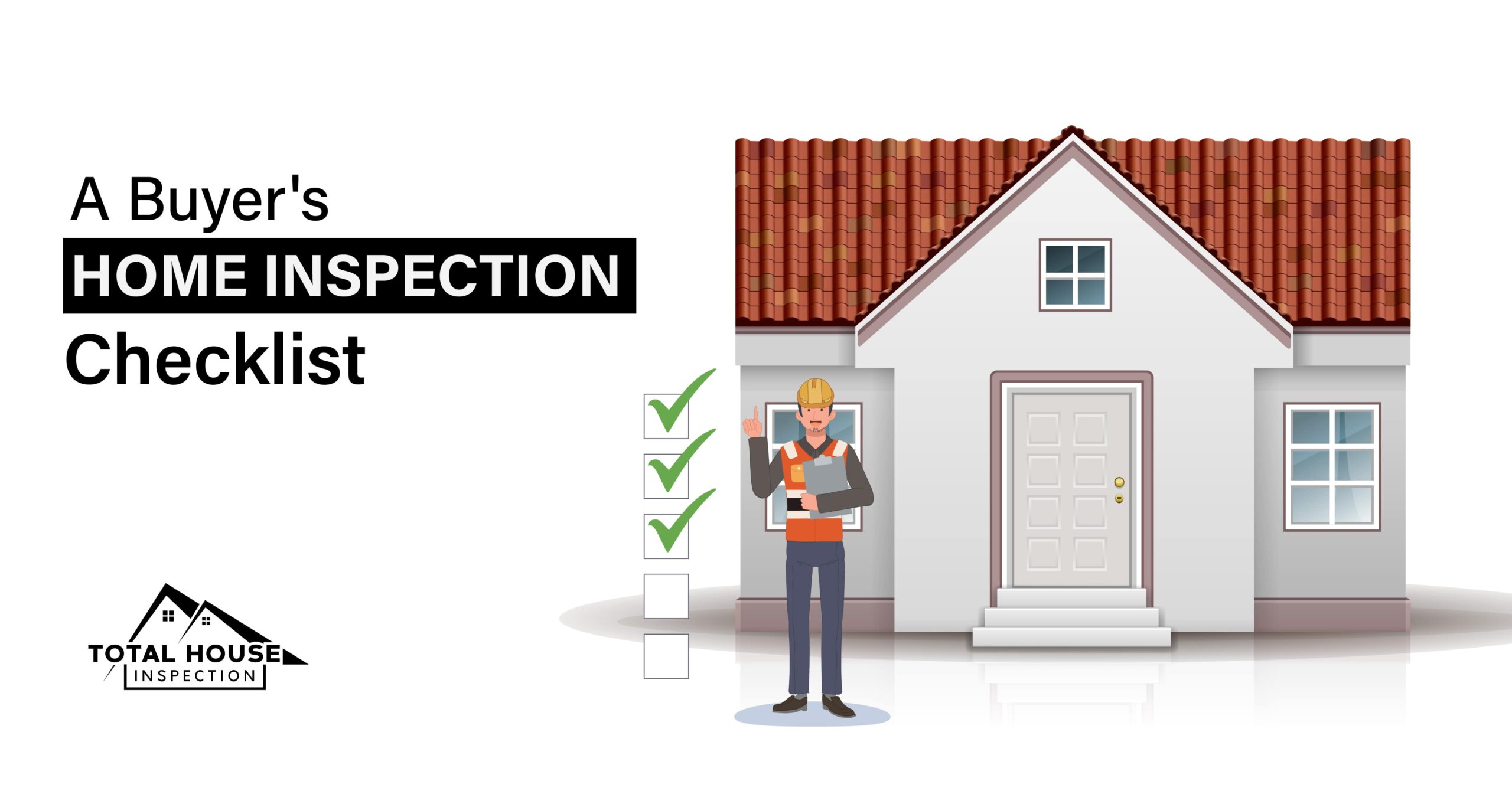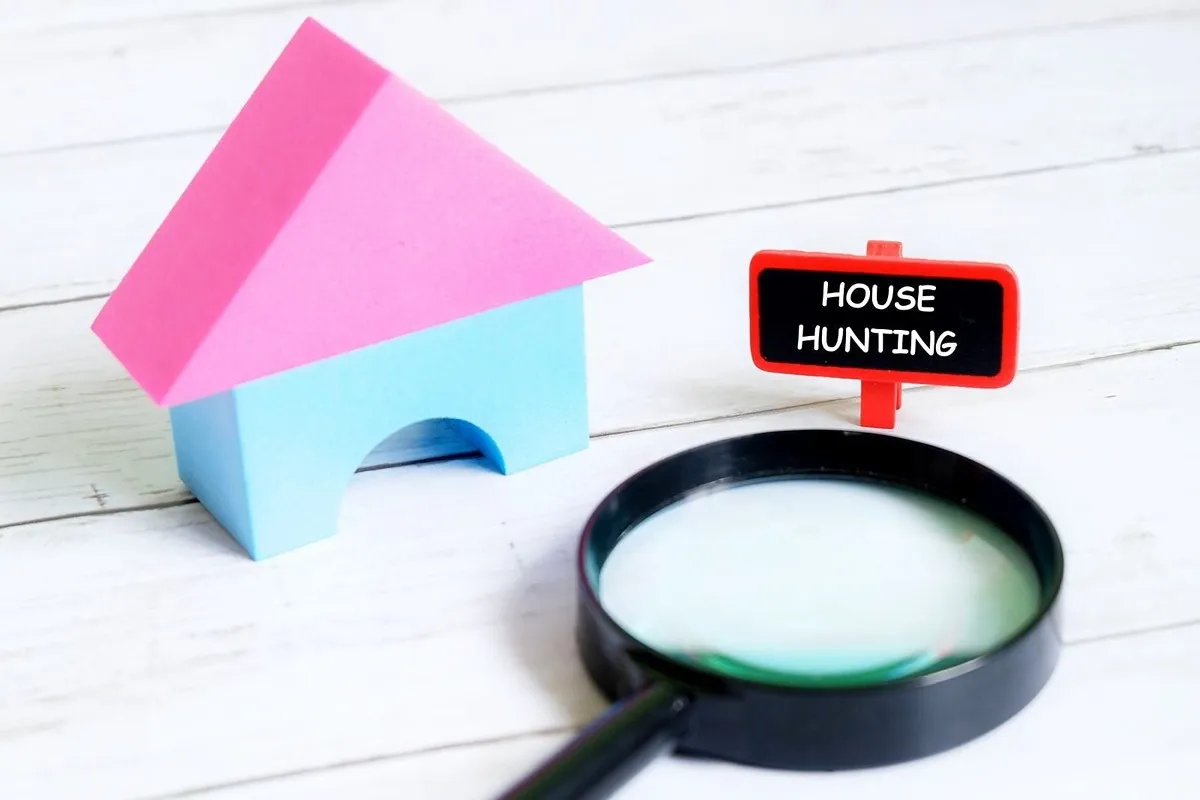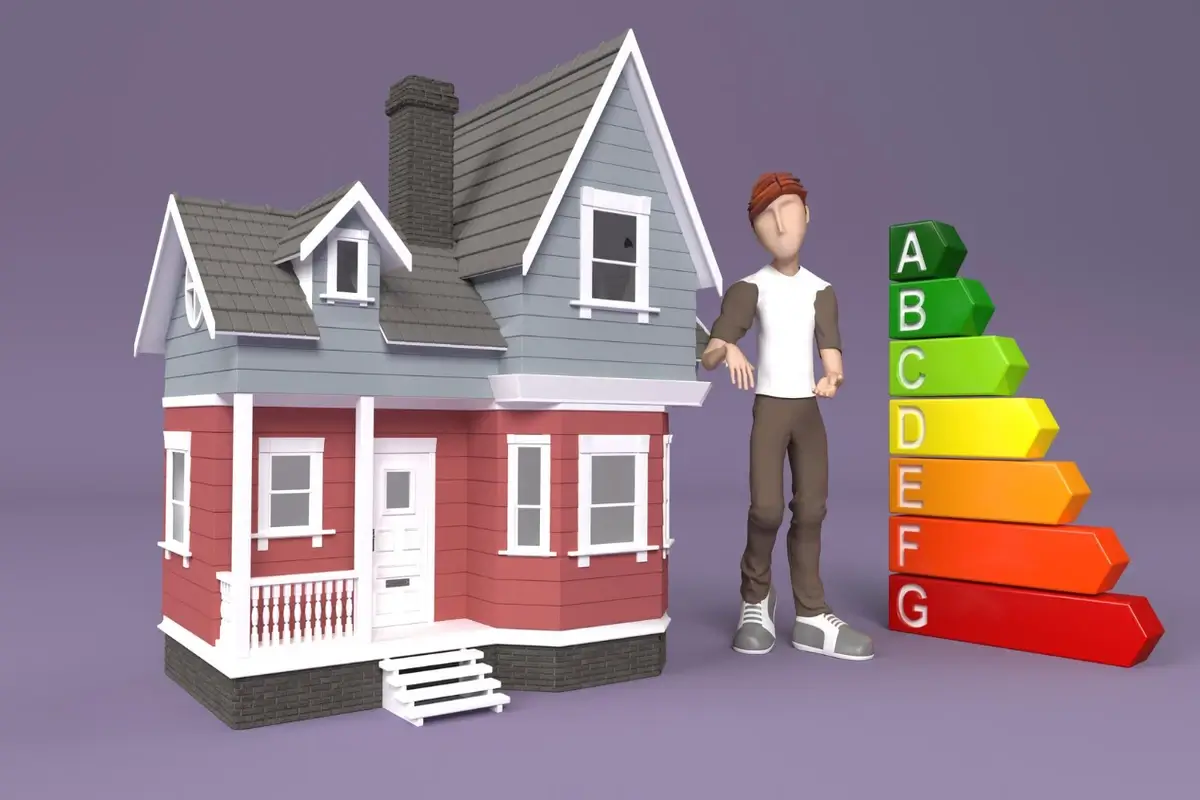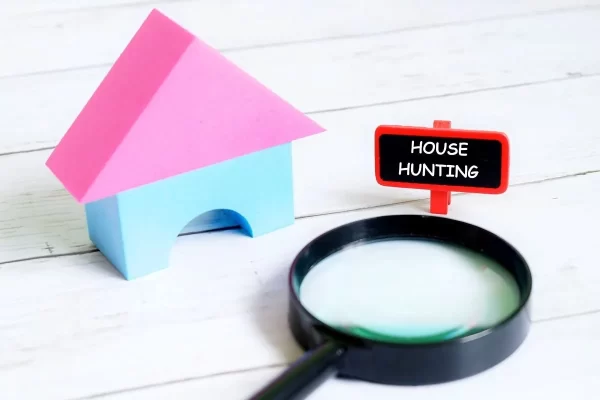Being well-prepared is critical to making informed decisions and ensuring a seamless transition when buying a new home. A thorough buyer home inspection checklist is a crucial tool in this procedure for assisting prospective homeowners as they navigate the complex process of determining a property’s condition and any potential problem areas. This checklist gives buyers the knowledge to fully evaluate a home, including everything from structural integrity to electrical systems, plumbing, and more. In this blog, we’ll look at the essential elements of a buyer’s home inspection checklist, highlighting the vital aspects to consider before making one of life’s most important investments.
Exterior Assessment
A thorough home inspection checklist must include an exterior assessment as it provides essential details about a property’s general condition and curb appeal. During this inspection stage, the house’s exterior components are focused. Maintenance requirements, prospective problems, and long-term durability are summarized.
Inspectors carefully examine the façade’s general siding, paint, trim, and other exterior characteristics. They evaluate these components’ state for indications of decay, wear, or damage brought on by environmental exposure. The inspection also includes the roof, where inspectors look for potential leaks or structural issues that can jeopardize the building’s stability by examining the shingles, flashing, gutters, and downspouts.
Furthermore, a window and door inspection is part of the exterior assessment. Inspectors ensure these components offer sufficient insulation, security, and energy efficiency by checking for correct sealing, alignment, and operation. Any deficiencies or issues are noted so buyers can resolve them in negotiations or future maintenance initiatives.
Roof and Attic Inspection
A thorough buyer home inspection checklist should include a roof and attic inspection phase, which thoroughly assesses two essential parts of a building. This inspection examines the roof’s condition, structural integrity, potential issues, and the attic’s insulation, ventilation, and general efficiency.
Inspectors carefully inspect the roof’s surface for wear, damage, missing shingles, or decaying flashing. The inspection considers details, including the roof’s age, composition, and any obvious signs of leaks or water damage. This inspection helps buyers foresee future maintenance or replacement needs so they may make decisions accordingly by pointing out potential problems.
The attic inspection is also crucial at the same time. Inspectors assess the insulation, ventilation, and general condition of the attic. Effective ventilation avoids moisture buildup that could cause mold growth or structural damage, and proper insulation helps control indoor temperatures and save energy. An attic inspection may reveal whether these essential factors are up to code, ensuring a cozy, energy-efficient living space.
Foundation and Structural Integrity
A buyer home inspection checklist should include a foundation and structural integrity inspection since it offers a detailed evaluation of a property’s underlying stability and general soundness. During this inspection phase, the foundation, load-bearing structures, and significant architectural elements that guarantee the long-term durability of the property are all meticulously inspected.
Inspectors carefully examine the foundation for unevenness, settling, or cracks. Any such signs might point to prospective structural issues that can jeopardize the building’s structural integrity. This inspection helps determine whether the foundation needs reinforcements, repairs, or other corrective actions to maintain the stability and safety of the building.
Furthermore, load-bearing elements, including beams, columns, and support walls, are meticulously examined to ensure they adhere to accepted structural standards. Buyers will thoroughly understand the property’s structural condition and prospective maintenance requirements thanks to documenting any abnormalities or problems.
Plumbing and Drainage Analysis
A thorough home inspection checklist for buyer must include a plumbing and drainage analysis since it offers crucial information about the functionality and state of a property’s plumbing system. This inspection probes beneath the surface to evaluate the complex plumbing system, fixtures, and drainage systems supporting a smoothly operating household.
Water heaters, sinks, faucets, toilets, and other plumbing fixtures are all rigorously inspected by inspectors. They evaluate water pressure, temperature regulation, and leak detection to ensure the plumbing system complies with requirements and performs at its peak.
Evaluation of drainage systems is also crucial. Inspectors examine the property’s drainage systems, including the grading around the foundation, gutters, and downspouts. Water accumulation that can cause erosion, moisture intrusion, or foundation damage is avoided through proper drainage.
Any noted plumbing problems, such as leaks, rusted pipes, or insufficient drainage, are noted, giving prospective buyers a thorough picture of the plumbing situation of the home. Prospective homeowners are given the tools to handle possible issues, prepare for repairs, and make wise investment decisions.
Electrical System Evaluation
A home buyer inspection checklist must include the electrical system evaluation since it thoroughly analyzes a property’s electrical infrastructure and safety. This examination probes the intricate wiring, circuits, and components that power the house and the apparent switches and outlets.
To ensure the electrical panel is suitably sized and complies with current safety regulations, inspectors thoroughly inspect it. They examine the building’s wiring, outlets, and switches for wear, damage, or potential fire dangers. This inspection also includes checking the polarity and correct grounding of outlets to guarantee electrical safety.
Additionally, inspectors evaluate the effectiveness of safety equipment, including ground fault circuit interrupters (GFCIs) and circuit breakers, which guard against electrical overloads and shock risks. Buyers can set priorities for necessary updates and repairs thanks to the notation of any dated or defective components.
Insulation and Ventilation Check
A thorough buyer’s home inspection checklist should include an insulation and ventilation check, focusing on two critical factors affecting a property’s energy efficiency: indoor air quality and general comfort. This inspection looks closely at the insulation components’ efficiency and the ventilation systems’ suitability inside the house.
Inspectors evaluate the insulation in the building’s walls, attics, and crawl spaces. An energy-efficient home is possible thanks to proper insulation, which helps maintain comfortable indoor temperatures. Inspectors check if insulating materials are installed appropriately, are not damaged, and meet recommended standards.
The examination of ventilation systems is equally important. Moisture buildup, which can result in mold growth, structural damage, and poor indoor air quality, is avoided by adequate ventilation. Inspectors evaluate the ventilation systems in bathrooms, kitchens, and other humid spaces. An environment with adequate ventilation is healthier and helps prevent future problems.
Interior Spaces Examination
The interior spaces inspection is crucial to a thorough buyer’s home inspection checklist since it thoroughly evaluates the property’s indoor living spaces. Prospective homeowners can gain a comprehensive grasp of the state, functionality, and any potential issues with the home’s interior spaces during this process home inspection when buying a house.
Inspectors carefully assess the state of the floors, walls, and ceilings, checking for any indications of structural problems, water damage, or cracks. The inspection covers doors, windows, and trim to ensure they are functioning, properly aligned, and sealed. Inspectors also look for signs of mold, mildew, or other issues with indoor air quality that could harm occupants’ health.
The inspection includes an evaluation of the property’s general layout to ensure that the rooms are functional and adequately planned for their intended purpose. To ensure they are safe and satisfy the needs of the inhabitants, inspectors evaluate the placement of electrical outlets, switches, and lighting fixtures.
Additionally, the inspection of interior spaces involves an inspection of fire safety precautions, such as the availability and efficiency of smoke detectors and fire extinguishers. This inspection phase gives buyers crucial information about the interior spaces of the property’s safety, comfort, and living conditions.
Ready to make an informed decision about your dream home? Schedule a Total House Inspection today and comprehensively understand your property’s condition. Our expert inspectors will provide valuable insights and recommendations, ensuring a smooth and confident home-buying journey. Contact us now to secure your investment and peace of mind!
